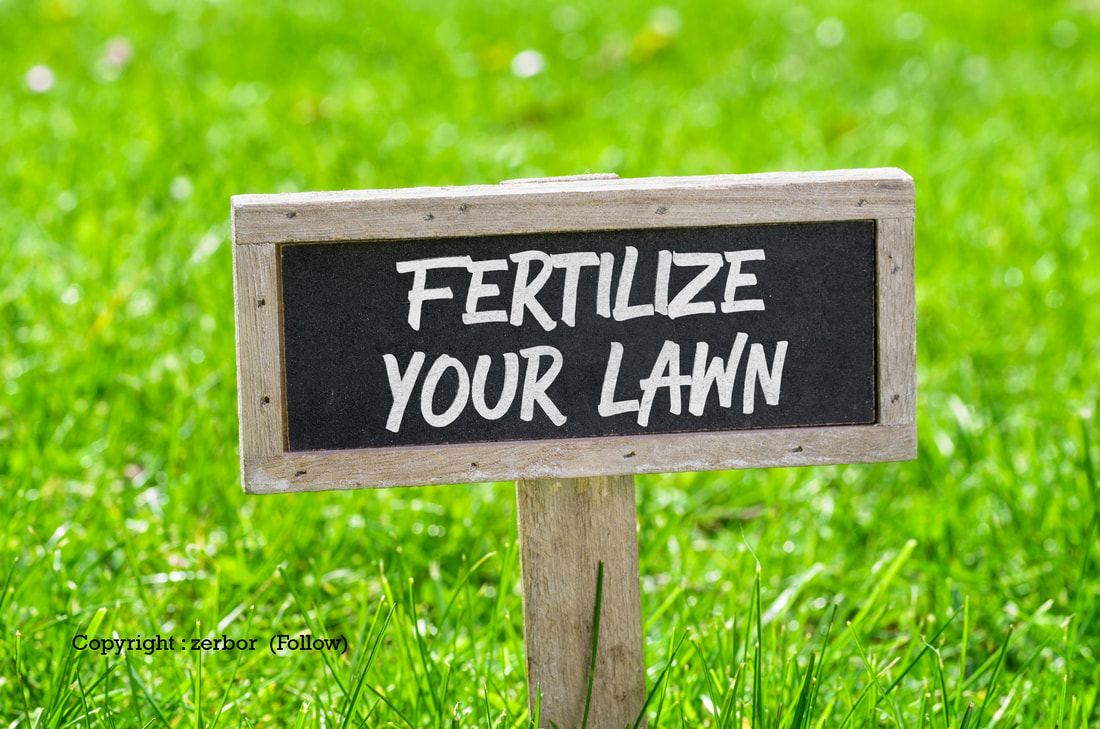Mowing: According to David Bayer from UWEX Outagamie County the most important cultural practice associated with turf care is proper mowing. Mow high (3 inches) during the spring and summer months when grass reaches 4 inches. Continue mowing in the fall until the grass stops growing. Mow shorter in the last few mowings. For the last mowing set the mower 1 inch shorter to prevent snow mold in spring and to discourage moles, voles, and mice from burrowing in your lawn all winter.
Fertilizer: A fertilizer program is recommended based on your personal preference. A minimum maintenance program is to apply a winterizer fertilizer (26-0-12) in early September. If you prefer a more lush lawn, fertilizer can be applied two times; add an early June application to the September application. For our area a maximum application of three times is recommended; for a high maintenance lawn apply fertilizer in early June, July, and early September. The July fertilizer application can be skipped if a mulching mower is used. These are the active grass growing periods in Wisconsin. Never apply fertilizer during dormant periods. Seeding: The best time to establish a new lawn or reseed is between August 15 and September 20; mid-May is also a good time. It pays to buy quality seed; it will contain less weed seed and better grass varieties. According to the University Extension, “the only way to evaluate the quality of a mix is to read and understand the label. “ Extension recommends paying attention to these points when checking out labels:
Kentucky Blue Grass is one of the most popular grasses in Wisconsin. It is winter hardy, grows by rhizomes, is soft to touch, and mows well. However it goes into summer dormancy, does not tolerate heat well, is shade intolerant, and has high fertilizer needs. Most sod is Kentucky Blue Grass. Perennial Rye Grass is quick to germinate, but is not very winter hardy and is intolerant of summer stress of heat or drought. It is usually put into seed mixtures because it is quick to germinate and helps with early erosion control. Fine Fescues ( Hard, Red, or Chewings) have low fertilizer needs, are slow growing (less mowing), can be grown in shade or sun, and have some drought tolerance. However they are susceptible to disease in high traffic areas, and can get summer patch and snow mold. It is good to have a mix of Fine Fescues to help offset the negatives. The type of seed will determine the number of fertilizer applications needed and how much you want to mow. For example, a mix with a high percentage of Kentucky Blue Grass may not do well if you plan to fertilize once per year. Each seed type has its advantages and disadvantages. There are none that are perfect for every situation. UW Extension Bulletins These bulletins and more can be viewed and downloaded as a PDF file or purchased from the https://learningstore.uwex.edu/
0 Comments
Leave a Reply. |
|
| North Country MGV | gARDEN bLOGS |
Location |
|

 RSS Feed
RSS Feed